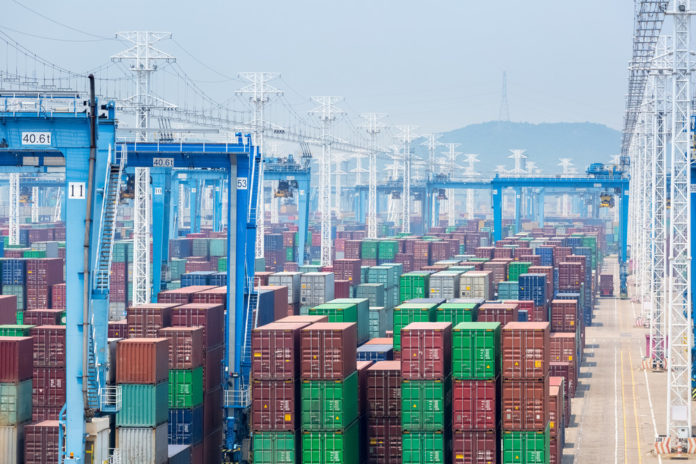Ningbo-Zhoushan Port, through its subsidiary, Ningbo Port Group Information Communication (NPGIC), has upgraded an in-house terminal operating system that will reduce its reliance on foreign third-party systems.
It took three years of research to upgrade Ningbo Zhoushan Port Container Terminal Production Operating System (n-TOS system), which was initially launched in 2010 and catered to smaller ships in nine of the port’s 10 terminals.
The upgrade improved n-TOS’ processing performance during periods of high loading volumes, enabling the system to cater to mega container ships.
On 26 May 2020, the upgraded n-TOS was installed in Ningbo Beilun Third Container Terminal, Ningbo-Zhoushan port’s only single terminal to have annual throughput of over 10 million TEU. The terminal can handle up to 33,000TEU a day.
In recent years, with the continuous advancement of the integration of Zhejiang Province’s marine ports, the container business of Ningbo Zhoushan Port has developed rapidly.
In 2019, Ningbo-Zhoushan’s throughput of 27.53 million TEU made it the world’s third busiest container port behind Shanghai and Singapore.
Ningbo-Zhoushan Port said that to maintain its competitiveness, it has to rely less on foreign systems that have high maintenance costs and annual fees. There are also additional fees for customising the systems. The upgraded n-TOS is expected to save CNY100 million (US$14.15 million) in costs.
At the same time, due to the use of off-site operation and maintenance models, port operations will be severely affected in the event of downtime, and therefore the port believed it was necessary to have its own terminal operating system.
NPGIC said that the next upgrade to n-TOS will incorporate artificial intelligence and 5G technology, with more remote-control functions, and include the ability to control unmanned trucks and other applications.
Martina Li
Asia Correspondent







